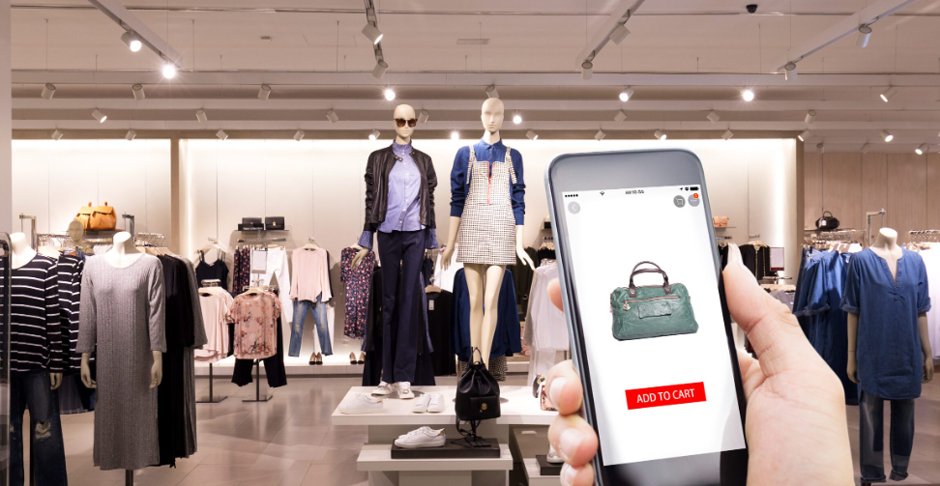In retail, every aspect of a store’s design serves a purpose, often unseen but undeniably influential. From the layout of aisles to the color of the walls, retailers employ various psychological tactics to captivate consumers and nudge them toward making purchases. This article will delve into the fascinating realm of retail design and uncover how it shapes consumer behavior. It will also look into how an interior design course can cover consumer psychology and retail strategy to create effective store layouts and atmospheres.
Creating an Inviting Atmosphere
Step into a well-designed retail space, and you’ll immediately sense a carefully curated ambiance. Warm lighting, soothing music, and pleasant scents create an inviting atmosphere that beckons shoppers to linger a little longer. This sensory experience isn’t accidental; it’s meticulously crafted to evoke positive emotions and make customers feel comfortable and relaxed.
Retailers understand the importance of appealing to all five senses to create a memorable shopping experience. Beyond just sight, sound, and smell, they also pay attention to touch and taste where applicable. For instance, in a clothing store, the texture of fabrics on display might encourage shoppers to reach out and feel the quality, while in a gourmet food store, free samples tantalize taste buds and entice customers to try new products. By engaging multiple senses, retailers deepen customers’ connection with their brand and products.
Have you ever walked into a chain store and felt at ease, even if it’s your first visit? That’s no accident. Retailers often use consistent branding elements such as logos, colors, and decor across their stores to create a sense of familiarity and reinforce brand identity. Whether you’re in New York or Tokyo, stepping into a Starbucks or an Apple store feels like entering a familiar space, fostering a sense of comfort and trust among customers.
The Power of Layout and Navigation
Ever noticed how you’re guided through a store in a specific sequence? That’s no coincidence. Retailers strategically arrange their layout to lead shoppers on a journey, with high-demand items strategically placed at eye level and impulse buys strategically positioned near checkout counters. By controlling the flow of foot traffic, retailers can increase the likelihood of impulse purchases and encourage exploration of various products.
Moreover, the layout of a store can also influence the perception of space and organization. An open and airy layout can make a store feel more inviting and spacious, while narrow aisles or cluttered displays may evoke feelings of confinement or chaos. Retailers meticulously design their floor plans to balance accessibility and aesthetics, ensuring that customers can navigate the space comfortably while being enticed to explore and discover new products along the way.
Additionally, the strategic placement of signage and directional cues is crucial in guiding shoppers through the store. Clear signage helps customers locate specific departments or promotions and reinforces the store’s branding and messaging. By strategically placing signs at key decision points, such as intersections or entrances to different sections, retailers can effectively influence shoppers’ paths and draw attention to featured products or promotions.
Color Psychology in Action
Colors wield a remarkable influence on human emotions and behaviors, and savvy retailers leverage this phenomenon to their advantage. For instance, warm tones like red and orange can evoke excitement and urgency, making them perfect for highlighting sales or limited-time offers. On the other hand, cool hues such as blue and green convey calmness and trust, ideal for creating a sense of reliability and security within the store environment.
The Art of Product Presentation
Beyond mere placement, how products are presented can significantly impact purchasing decisions. Utilizing principles of visual merchandising, retailers showcase their offerings in visually appealing arrangements, using techniques like color blocking, symmetry, and focal points to draw attention and create visual interest. By showcasing products in their best light, retailers can enhance their perceived value and entice shoppers to make a purchase.
Understanding Consumer Psychology in Retail Design
Behind every effective retail design strategy lies a deep understanding of consumer psychology. By studying consumer behavior, retailers gain insights into what motivates shoppers, how they make decisions, and what influences their purchasing choices. This knowledge serves as the foundation for designing store layouts, selecting colors, and arranging products in a way that resonates with their target audience and drives sales.
The Role of Interior Design Courses
Given the intricacies involved in retail design, it’s no surprise that an interior design course can cover consumer psychology and retail strategy. Students learn how to analyze consumer behavior, interpret market trends, and apply design principles to create effective store layouts and atmospheres. By marrying creativity with psychology, aspiring designers gain the skills needed to craft retail spaces that look visually stunning and inspire shoppers to engage and buy.
Conclusion
In the world of retail, design isn’t just about aesthetics—it’s a powerful tool for influencing consumer behavior and driving sales. From the layout of aisles to the choice of colors, every aspect of a store’s design is carefully crafted to create a captivating shopping experience. By understanding the psychology behind retail design, both retailers and designers can create spaces that resonate with customers on a deeper level, fostering connections and driving business success. So, the next time you step into your favorite store, take a moment to appreciate the thought and strategy behind its design—it’s more than meets the eye.






